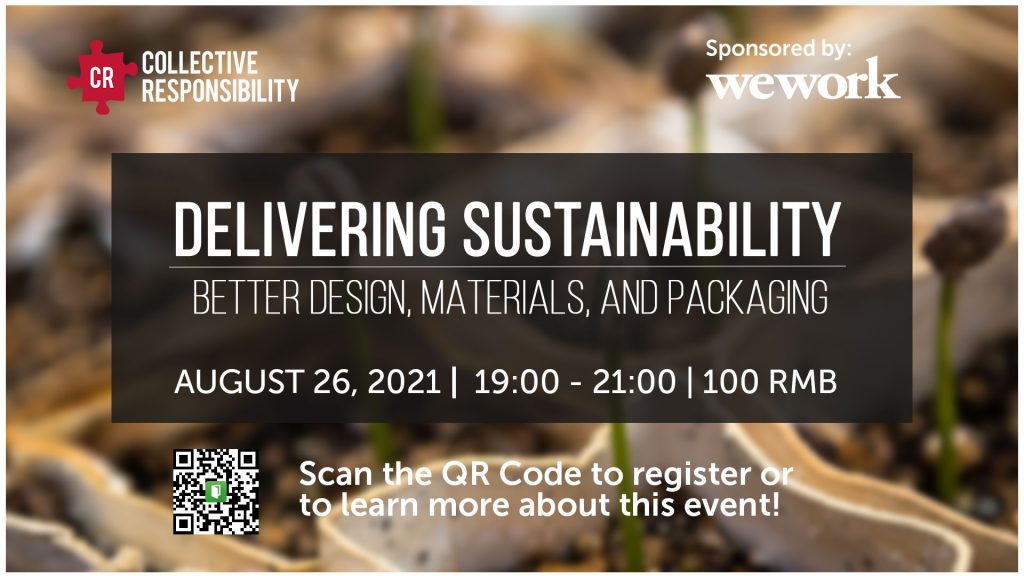Following our June event, focused on the development of China’s circular economy, through this event we explored the opportunities, and challenges, of “selling sustainability” in China.
A topic that has grown increasingly important as reports of North American heat waves, and severe flooding in China and Germany, have catalyzed conversations about the impacts of climate change.
To help provide tangibility to the trends, strategies, and tactics of “selling sustainability”, we invited Christine Pan (SVP of Marketing at adidas), Ed Zhao (SVP & Managing Director, Asia at Milliken) and Jon Newton (Co-Founder of Life Solutions) to share their insights and experiences “selling sustainability” in China.
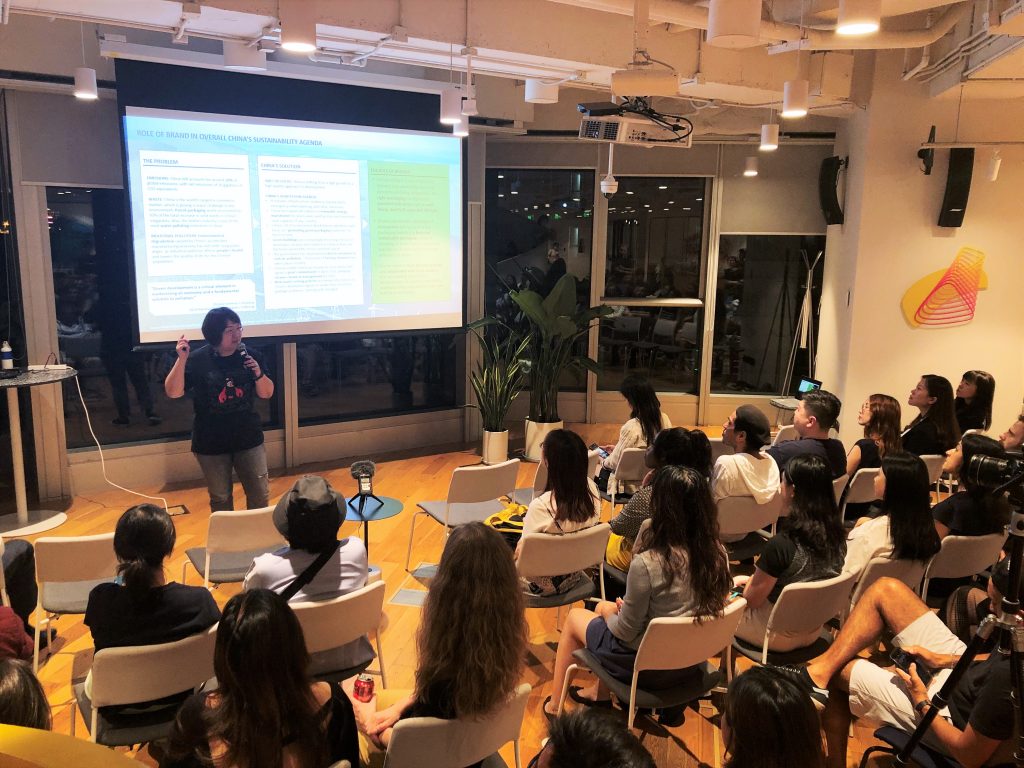
Selling Sustainability to China’s Consumers:
Speaking to The Collective about the current trends and consumers segments that they are seeing in China, Christine Pan, began by speaking about how the market for sustainability in China has changed, and the importance of brands having strategy and tactics that are aligned with rising expectations.
From their research, adidas found that Generation Z is a major a driving force for sustainability, who are not only more environmentally conscious, but are also looking for ways to contribute more to society.
Specifically, they found that 98% of Chinese consumers are looking for more information about the environmental polices, 89% are willing to pay more, and that more than 50% of urban Chinese are now buying (or renting) second-hand goods.
For adidas, this has opened the opportunity to be more aggressive when selling sustainability, and as highlighted by a recent 6-week campaign to elevate the issues of ocean plastic and activate consumers as participants in local initiatives across more than 50 communities.
Through the campaign, adidas’s Parlay products were regularly featured by a small group of KOLs whose own communities were centered around sustainability and sustainable living.
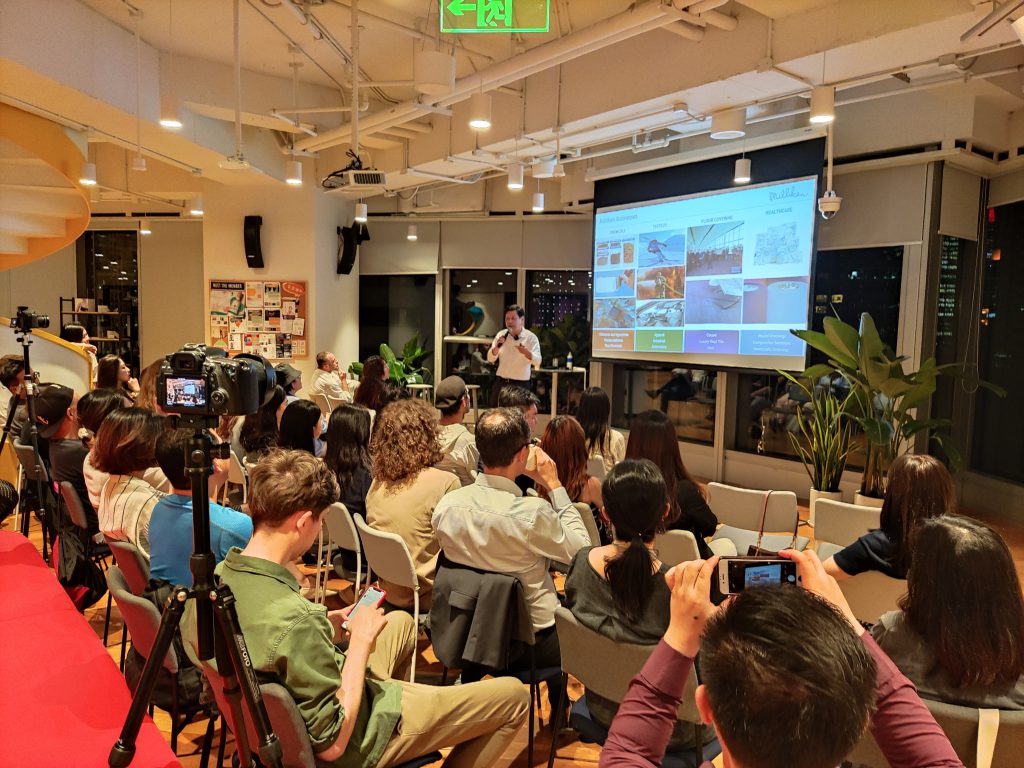
Collaborating with Stakeholders:
Following Christine’s insights, Ed Zhao spoke about the opportunities (and challenges) of selling sustainability as a material supplier whose products are used in a wide variety of applications across a wide range of industries.
With their own goals to reduce their operational carbon footprints, and to create a circular economy for core materials by 2025, “selling sustainability” was a necessary tool to be used to build more effective stakeholder engagements and to better understand how to help their clients be more sustainable.
One recent project Ed shared was Milliken’s effort to create circular economy for Polypropylene (PP). A material used in take-out containers, outdoor furniture, and toys. PP often ends up getting buried in landfill or burned incinerators, but Milliken has partnered with several local governments, waste management companies, and brands to develop a supply chain to maximize the full life cycle of PP.
To highlight the opportunity to engage customers, Ed then spoke about their latest project with Houdini to extend the life of their products through material innovations. Core to the project was understanding that the top “sustainable” characteristic consumers look is longevity. So, if a piece of clothing can last for a season more, people would be more willing to buy it, and in doing so, they (Milliken and Houdini) would be able to reduce the footprint of garments by 25%.
It was a collaboration that not only led to a new material for use in Houdini’s products, but as part of the programs, they allowed it to be an open source to help others in the industry as well.
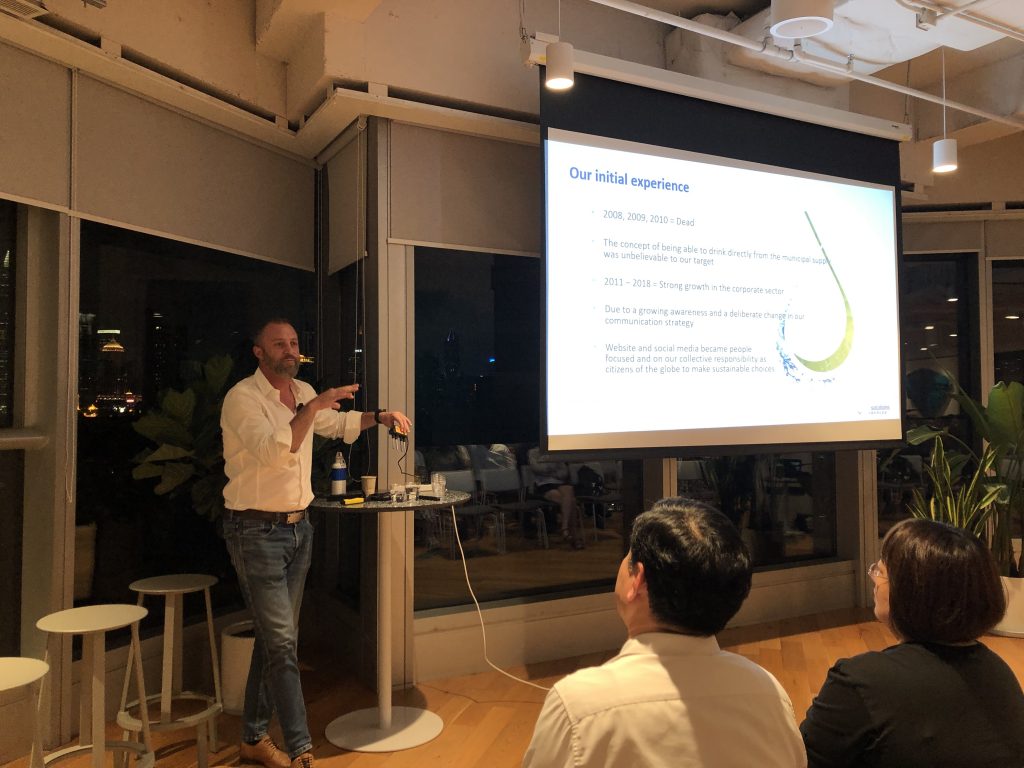
Selling Sustainability (the Hard Way):
Jon Newton, Co-founder of Life Solution’s shared his entrepreneur journey and the lessons he has learned to shift away from emotional and technical appeals towards listening to clients and simple demonstrations that “sell sustainability” far more effectively.
As a water filtration equipment and service company, whose initial “sell” was to provide people with a sustainable lifestyle without the compromising anything, sales calls were often focused on the technical and design aspects of the machines linked to the number of bottles saved.
After a year of “selling by PowerPoint” , where Jon only reached 10% of his sales target, he knew he needed to change his sale strategy to be more visual and direct.
Core to that was a simple demonstration to show the quality of water, but then by allowing employees of target firms to bring their own water from home for sampling as well.
Through this, as well as through increased market awareness, government regulation, and transitioning to a product-as-a-service business, Jon has been able to sell, and install, thousands of units to more than 1500 clients.
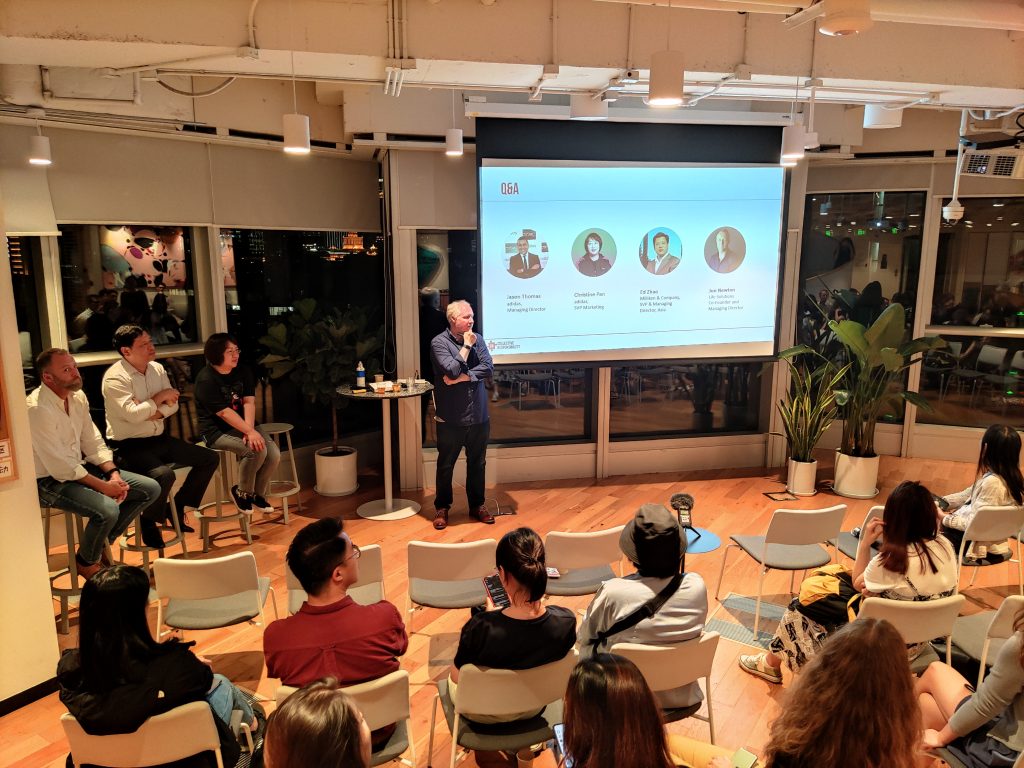
Wrapping up:
After the intriguing and meaningful presentation from our panel of speakers, members of the audience asked a range of questions that helped drive the conversations a bit further.
We sincerely appreciate all the speakers for sharing their extensive knowledge and experience with us, and would also like to give a special thanks out to our sponsors, WeWork and UseDem, for their support.
For those who weren’t able to join us, you can find the video clips later on our website.
Upcoming Events:
Following this event, we will be hosting another forum, “Delivering Sustainability”, on the 26th of August.
You can learn more by scanning the QR code in the poster below, or by emailing us at [email protected].
